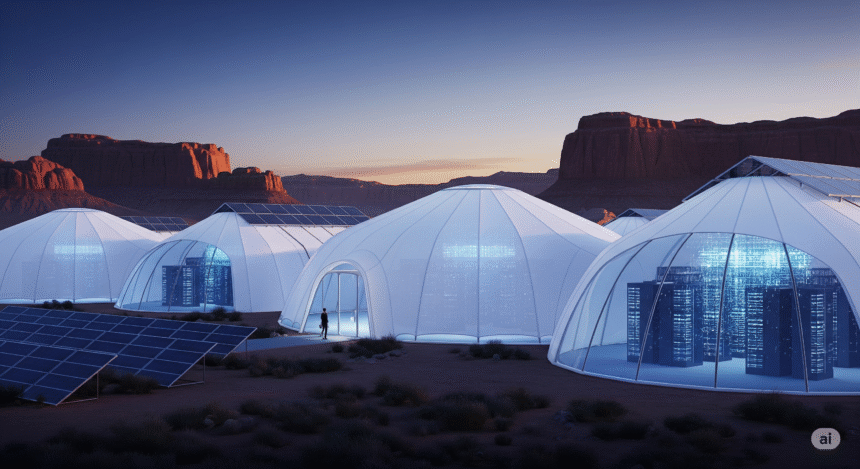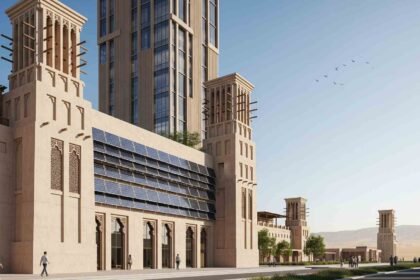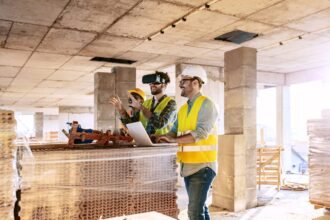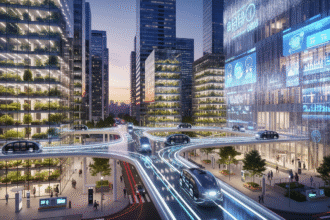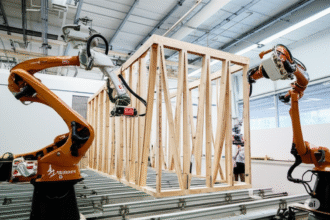Meta, the company behind Facebook and Instagram, has embarked on a bold and unusual strategy to keep pace with the explosive demands of artificial intelligence. Instead of waiting years for traditional data center construction, they’re using hurricane-proof tents to house powerful AI hardware alongside cooling and network systems. This shift marks a sharp turn in how one of Silicon Valley’s giants scales its infrastructure.
Speed Over Permanence
Meta’s CEO, Mark Zuckerberg, recently revealed that his team implemented tough fabric “rapid deployment structures”, tents designed to withstand weather, to significantly cut build time. He told The Information that traditional concrete data centers can take up to four years to build, but with the tent approach, network and GPU clusters can go live much faster.
This innovative setup began at the existing Prometheus site in New Albany, Ohio. There, Meta is scaling toward a target of more than one gigawatt of power by 2026, a goal that would make Prometheus one of the world’s most significant AI training clusters.
From Ohio to Louisiana: Rapid Scale‑Up
Meta’s tent-based expansion isn’t limited to Ohio. Across in Richland Parish, Louisiana, construction is underway on a site code‑named Hyperion. This mega-campus currently spans over 11 buildings and covers roughly three square miles. Over time, it’s expected to grow into a multi-gigawatt powerhouse of up to five gigawatts, with the help of both permanent structures and tented infrastructure.
For scale: five gigawatts is roughly the energy consumption of a mid-sized city and comparable to the output of five nuclear reactors. In an online post, Zuckerberg even compared Hyperion to having a footprint, “a significant part of Manhattan.
A Shift in Data Center Philosophy
Meta’s use of shelters instead of steel-and-concrete buildings reflects a shift in priorities. In a world where AI compute needs can surge overnight, Meta isn’t waiting for permanent buildings. Instead, they’re embracing flexible, prefabricated modules: tents, power containers, cooling units, and on-site substations.
Meta is even reconsidering traditional data center defenses. In certain tented sections, the company is skipping diesel backup generators altogether and relying instead on natural gas generation, smart power management, and a direct supply from nearby substations.
Driving the AI Arms Race
Meta’s dramatic infrastructure upgrades are part of a much larger campaign. The company has committed “hundreds of billions of dollars” toward AI data center buildout and operational costs. It has raised its projected capital expenditures for 2025 to between $64 and $72 billion, most of which goes to AI infrastructure.
These efforts come amid major competition from other tech giants. OpenAI has already announced plans for its own five‑gigawatt AI campus, known as “Stargate”. Google’s Alphabet, Amazon, and Microsoft are also pouring tens of billions into AI data centers, making this race more intense than ever.
Prometheus and Hyperion: Twin Pillars of Meta’s AI Buildout
Prometheus (Ohio)
The first of Meta’s mega sites, Prometheus, is an expansion of an existing data center complex in Ohio. It aims for over 1 gigawatt of power by 2026. Tents already house early racks and cluster infrastructure, accelerating the ramp-up toward full capacity.
Hyperion (Louisiana)
Hyperion is even bigger. Set on over 4 million square feet of space, it’s designed to scale from initial gigawatt levels to as much as 5 GW over time. Construction started months ago, with tents supplementing permanent facilities.
Zuckerberg himself shared timelines: Prometheus arrives in 2026, Hyperion grows throughout the decade, and both will redefine data center scale across the U.S.
Challenges on the Horizon
While this rapid build approach is bold, it brings its own set of challenges. Cooling remains tricky in tented environments, high temperatures risk tripping off GPUs on peak days. Additionally, environmental advocates warn that massive, multi-gigawatt data infrastructure may pose long-term public health and climate risks.
Still, these tent structures are non-permanent and can be reinforced over time, allowing Meta to adapt both physically and operationally as the technology evolves.
Interlinked Scale: Talent, Tools & Infrastructure
But AI is more than hardware. Meta has also revamped its internal AI division into the “Superintelligence Labs,” aiming to combine its massive compute capacity with top talent and data. CEO Zuckerberg has overseen major hiring, including former executives from Scale AI, GitHub, and other AI labs, alongside substantial incentives to drive innovation, according to.
This strategy borrows from Tesla’s quick-assembly playbook: Elon Musk famously used temporary tents in 2018 to boost Model 3 output in under two weeks. Meta is echoing that playbook at data center scale, prioritizing speed and capacity over construction permanence.
Meta’s tent-based data centers are reshaping expectations around speed, scale, and adaptability in the AI infrastructure space. More than a stopgap, this approach represents a strategic blueprint: combine modular tents, fast deployment, massive power, and elite talent to redefine AI buildout.
From Ohio’s Prometheus site to Louisiana’s Hyperion campus, Meta is thinking on a scale large enough to rival Manhattan and moving at a speed that leaves traditional construction in the dust. Whether this gamble pays off, it’s clear that Mark Zuckerberg is all-in on AI, and he’s building at a pace and in structures that few saw coming.


